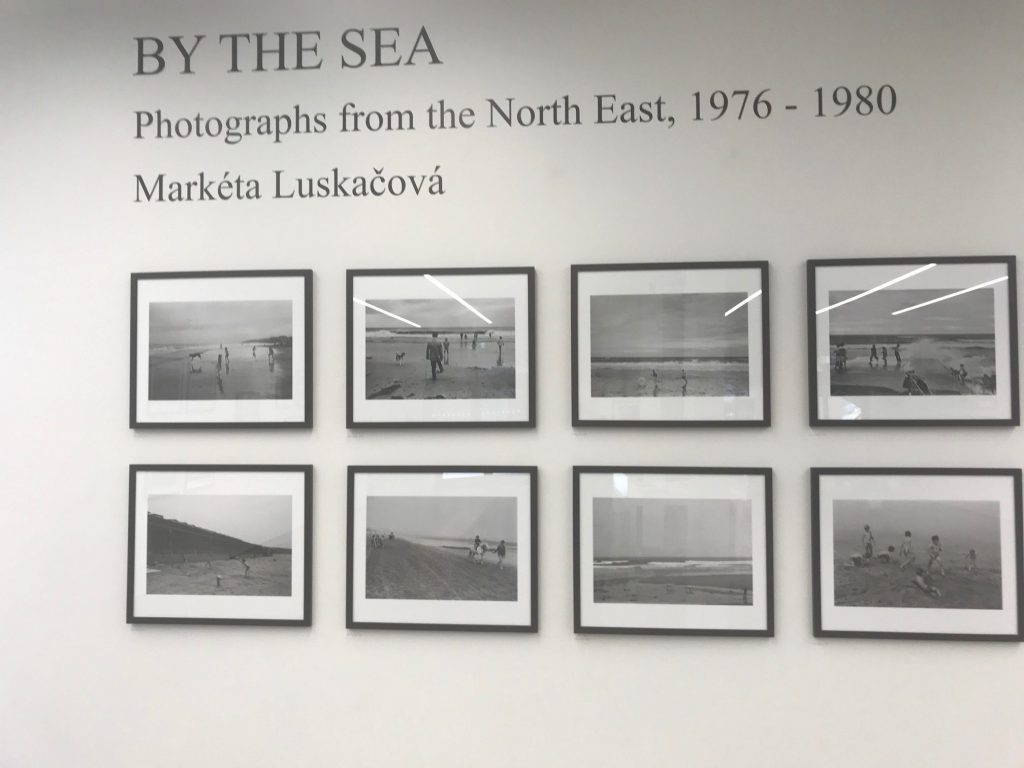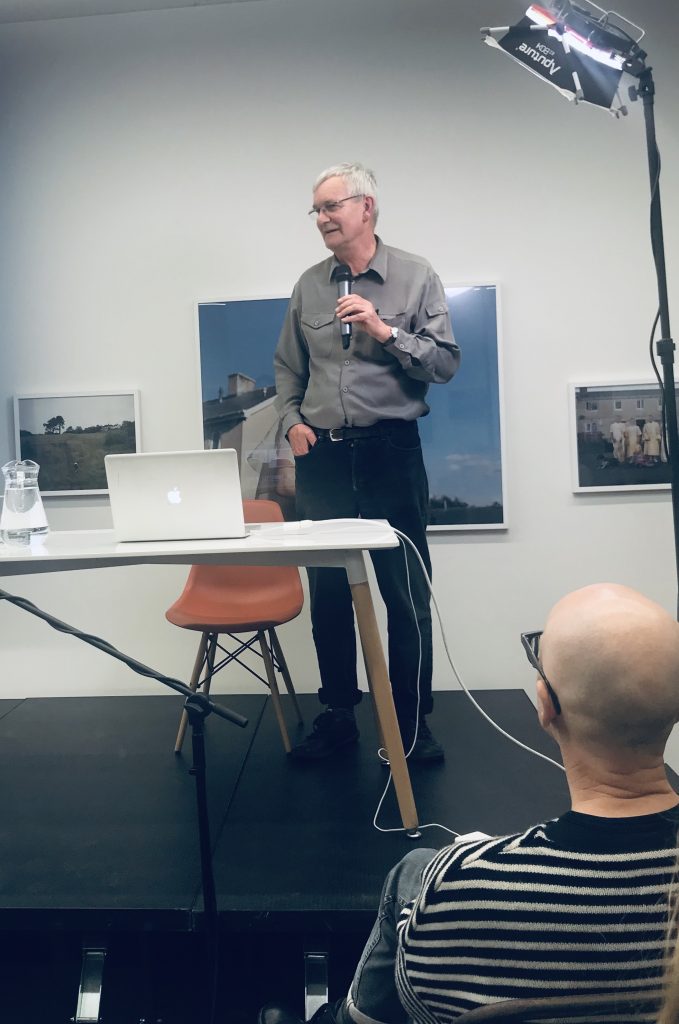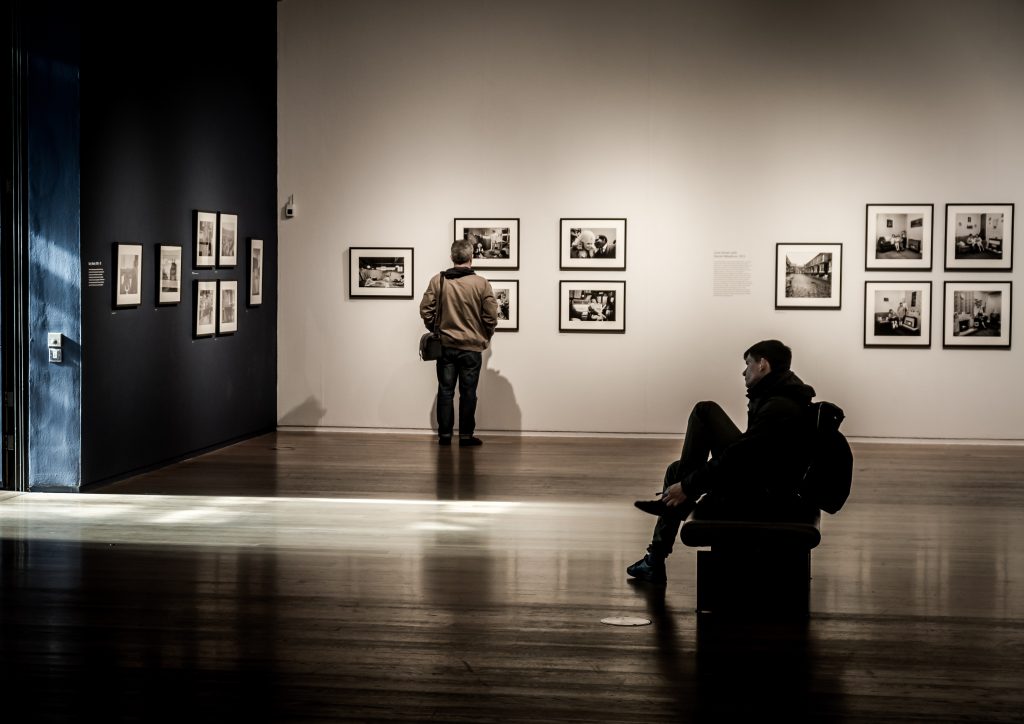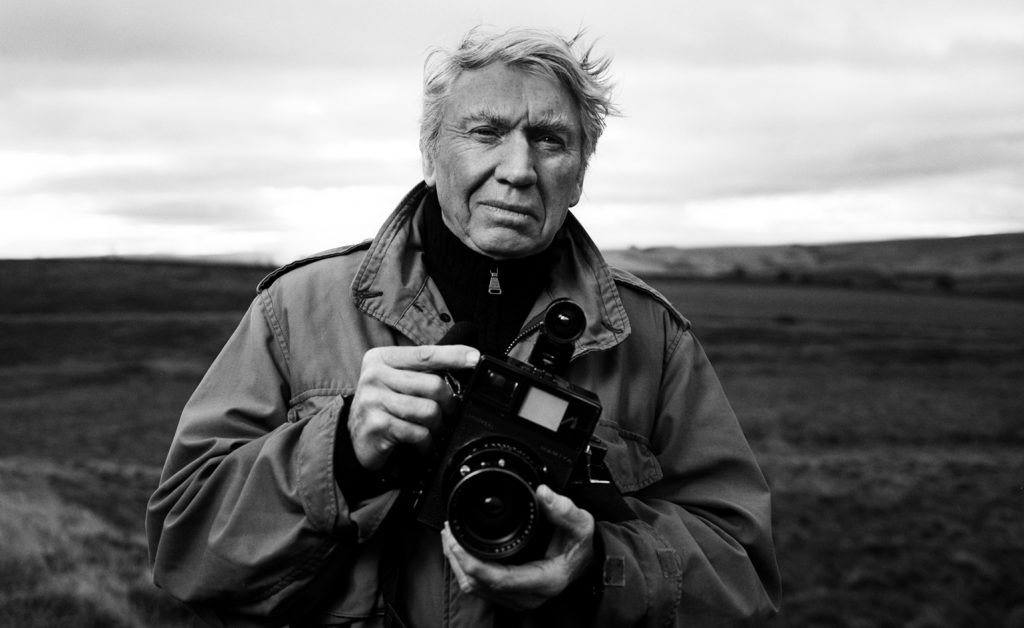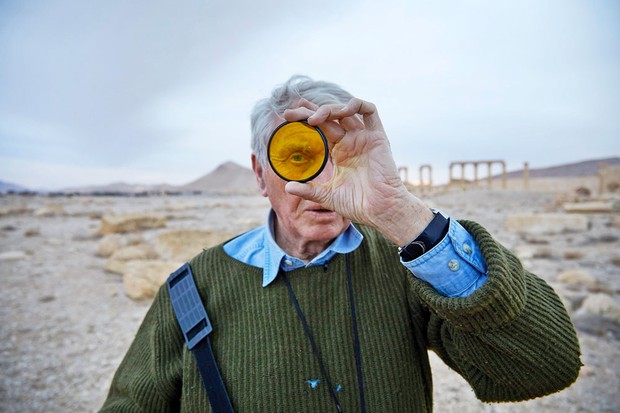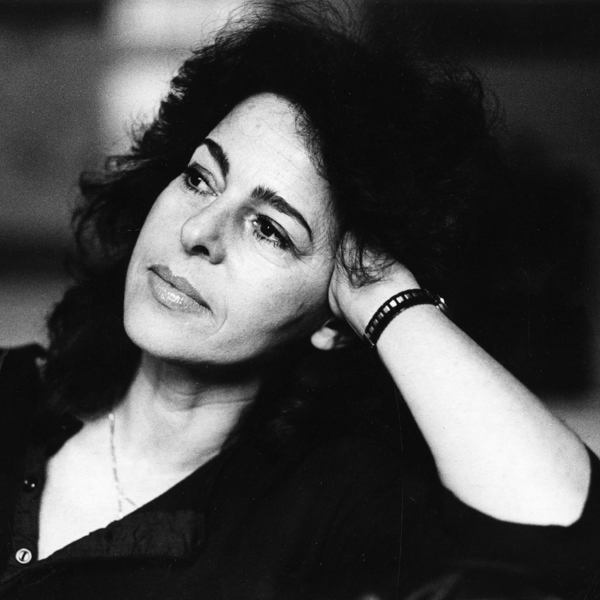
Sally Soames died this week, she was a portrait photographer who worked in Fleet Street until 2000. She started as a press photographer in 1963 with the Observer and then worked for the Sunday Times for 32 years. She also freelanced for the Observer, Guardian, New York Times and Newsweek.
There is a gallery of her work here
Her portraits of famous people, including well-known shots of Rudolf Nureyev, Chris Eubank, Iris Murdoch and Hilary Mantel, are now held in galleries and collections around the world.
There are also studies of Margaret Thatcher, Seamus Heaney and Tony Blair, the latter taken during the 2001 election campaign. Her arresting image of Andy Warhol was photographed through a pane of glass.
The National Portrait Gallery in London has 17 of her images. However she said that “I don’t like to call them portraits, they’re photographs of people”.
Soames worked exclusively in black and white, out of strong personal preference, refusing to work in colour, despite newspapers switching to colour photographs during her time as a press photographer
Getting a connection with her subject was the secret of her mesmerising portraits. Once she had only three and a half minutes to photograph Sean Connery. Two of those minutes she spent in conversation with him, the connection however brief was for her most important.
As she said, “I used to talk to them. Nowadays you don’t have the time with people – everything’s changed and PR people are timing you; it’s a nightmare.”
Her trademark mono images were nearly always shot in natural light. Her inspiration was Anthony Armstrong Jones who did the same, taking black-and-white pictures using available light.
Save for a few pictures she kept to pass on to her three grandchildren, she donated her archive to The Guardian Media Group’s Scott Trust Foundation.
Her top tip: “Don’t do it. You can’t get the same quality stuff as I did. It’s not going to happen again.”
